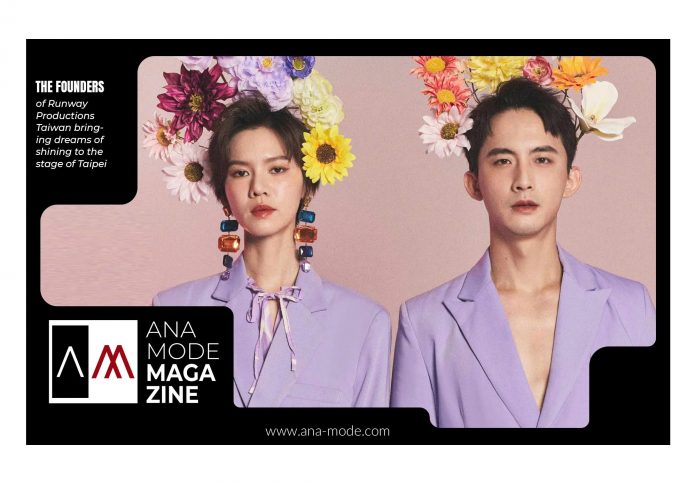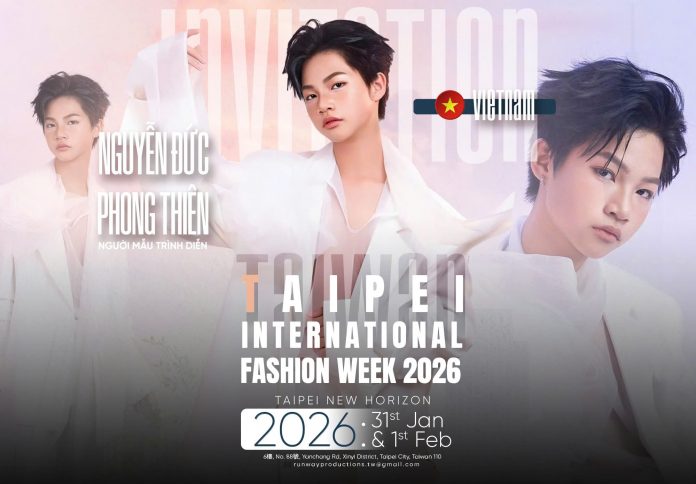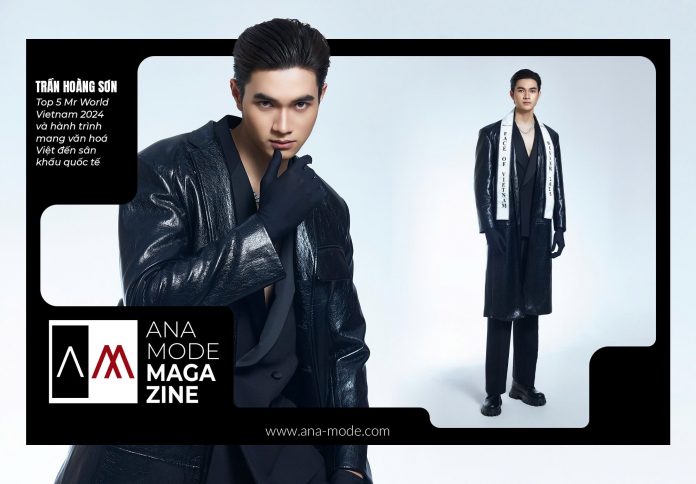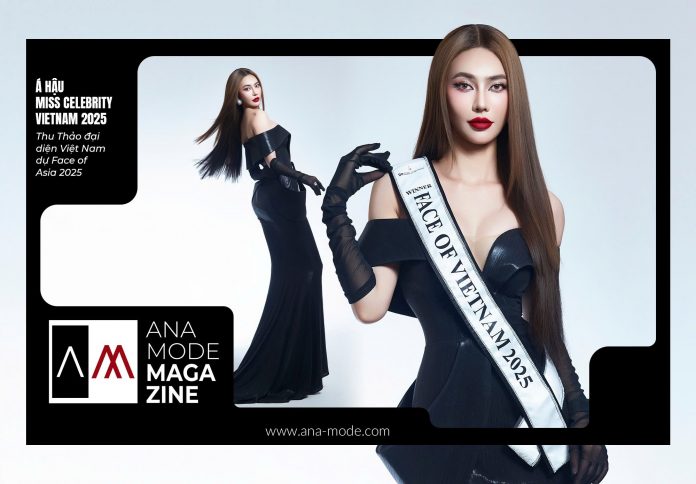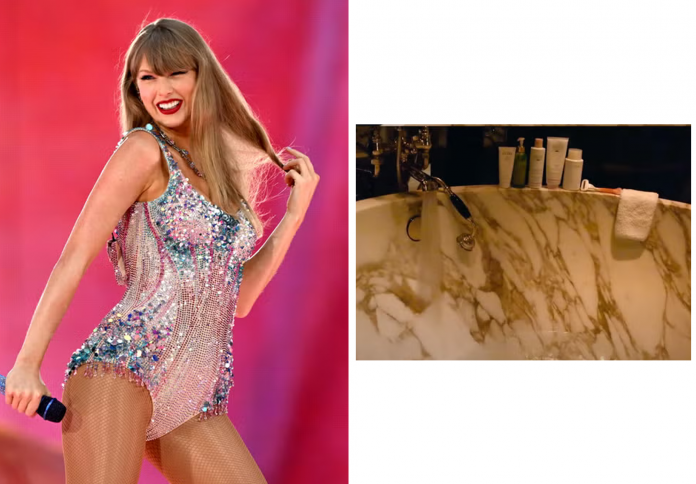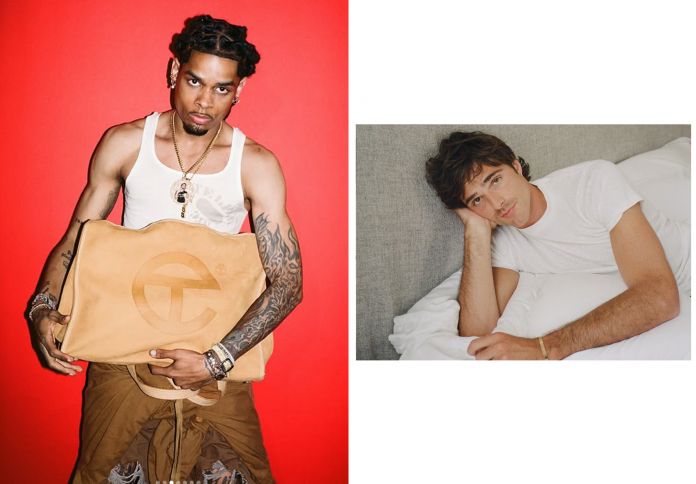In a fashion world often driven by noise and fleeting trends, the Italian house of Max Mara champions a radical quietude. Its design philosophy is directly rooted in the ideals of Modernist architecture—a visual language defined by clean lines, meticulous proportion, and the absence of decorative excess. This commitment to quality and substance, established by Achille Maramotti in 1951, has resulted in clothing that doesn’t just captivate for a season, but endures for decades. The brand’s celebrated coat collection is the ultimate proof: an exploration of permanence and utility where architectural forms are translated into exquisite, natural fabrics. These coats are more than just outerwear; they are structured silhouettes that lend dignity and quiet power to the wearer, serving as a powerful reminder that true elegance is found not in extravagance, but in purposeful restraint.
Modernism’s Dictates: Form, Function, and Enduring Value
Max Mara’s success is built upon a simple but demanding premise: fashion should adhere to the same principles of longevity and integrity found in timeless architecture. This focus allows their designs to transcend the volatile nature of trend cycles.

The core of Max Mara’s ethos is Modernism, a visual language that strips away the superfluous to reveal the essential. In fashion, this translates to silhouettes that communicate purpose, restraint, and lasting elegance. This approach has created a collection of coats that remain as relevant today as when they were first conceived. Founder Achille Maramotti believed in providing high-quality tailoring for women who demanded an equal balance of elegance and utility. More than seventy years later, the house continues to honor this founding idea. The result is a line of outerwear where the choice of refined materials and precise proportion becomes the very source of their enduring beauty and lasting value.
The Three Pillars: Icons of Unchanged Perfection
Max Mara is defined by its “Icon Coats”—designs so balanced and perfect upon their creation that they have remained virtually unchanged for decades, serving as the benchmark for luxury outerwear.

Perhaps the most universally recognizable of these icons is the Madame coat, first introduced in 1981. Its genius lies in its balanced proportions and oversized raglan sleeves, creating a silhouette that has become synonymous with the brand itself. Its four decades of uninterrupted relevance underscore the house’s pursuit of timeless design. Equally iconic is the Manuela coat, introduced in 1998, which masterfully blends luxury with ease. Cut from a rich camel fabric with a sable-esque finish, it offers a robe-like comfort while retaining distinction. Its oversized lapel and adaptable wrap belt allow it to feel relevant in any season, making it a true sartorial chameleon. The enduring appeal of these designs is a testament to Max Mara’s radical belief that perfection does not require annual reinvention.
New Foundations: Structure, Formality, and The Cosa Coat
While celebrating its classics, Max Mara consistently introduces new pieces that adhere to the same strict architectural principles, demonstrating how clean lines can create a feeling of disciplined formality.

A strong contemporary example is the Cosa coat, a study in pure, unadorned structure. This coat embodies a disciplined silhouette through its straight lines and sharply defined shoulders. Details such as peak lapels and buttoned cuffs emphasize a sense of timeless formality. The coat functions almost as a piece of wearable architecture, giving strong shape to the body and demanding attention through its precision rather than its embellishments. This piece, along with the Ludmilla coat—a generous silhouette with practical patch pockets, proving that true refinement works quietly—underscores Max Mara’s commitment to continuity. They show that whether a design is decades old or brand new, the core values of precision, structure, and lasting elegance remain non-negotiable standards for the house.
The Playful Side of Restraint: Texture and Volume
The Max Mara collection proves that minimalism does not equate to austerity; it allows for deliberate moments of indulgence and textural drama, always controlled by an architectural sensibility.
The Teddy coat offers a playful yet striking counterpoint to the tailored precision of its counterparts. Its defining feature is its distinctive, voluminous texture, creating a voluminous shape that captures a sense of effortless indulgence and warmth. Despite its soft appearance, the coat maintains a powerful presence, proving that volume, when treated as a controlled element of design, can be monumental. Furthermore, the Albata coat in cherry closes the sequence with a perfect balance of opposites. Cut in a sweeping silhouette of long-nap wool and alpaca, it marries inherent softness with structure. Its robe-like drape is deliberately cinched by a belt, which serves to reinforce the waistline, emphasizing the body’s command of the garment. Taken together, these pieces show that Max Mara’s restraint is radical—it allows the quality of the material and the integrity of the form to create its own compelling drama.


